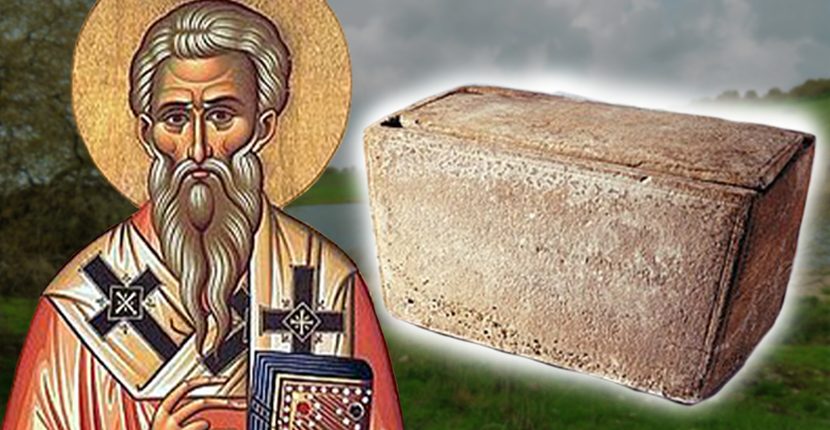Few archaeological discoveries have caused as much controversy as that of the James Ossuary. The opinions vary from its proving the existence of historical Jesus to its being an outright forgery. But for those who have delved deep into the story, the truth is less certain than ever.
It was antiquities collector Oded Golan who first acquired the limestone bone box, or ossuary, that showed the Aramaic phrase “James, son of Joseph, brother of Jesus,” and the find was announced to the public in 2002. An ossuary is a container that is used for human bones after burial: it can be an urn, box, or vault. During the historical period of the Second Temple (from the second century BC until the fall of Jerusalem in 70 AD), burial customs in Israel called for the internment of human remains in cave-like rooms to decompose. After at least a year, the bones were then placed in box-like ossuaries, which were commonly made of limestone.
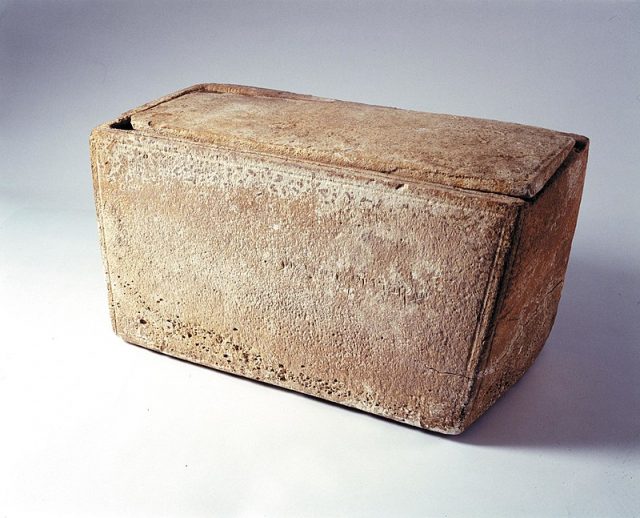
This bone box came to be known as the James Ossuary, and because the names corresponded to those of Jesus of Nazareth’s brother, some people have claimed that the box once must have held the bones of the brother of Jesus. When the James Ossuary came to light, it was potentially of enormous significance.
In 2003, the charge that the inscription was a fake was lodged by the Israel Antiquities Authority. Oded Golan faced 40 counts of forgery.
According to Biblical Archaeology, “No experts maintain the box is a fake. All acknowledge the box, or ossuary, is genuine and from the period when Jesus lived. The inscription is what is at issue—and, even then, only the last part of it: ‘brother of Jesus.’ The government’s criminal complaint itself recognizes that the first part of the inscription is authentic and charges only that ‘brother of Jesus’ has been recently forged.”
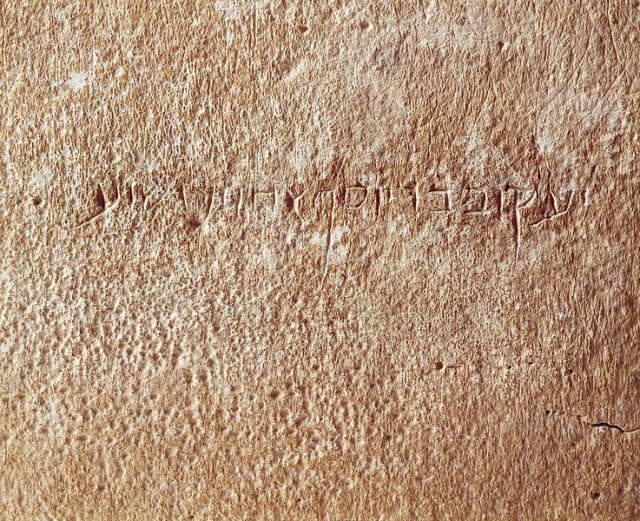
But after a grueling seven-year trial, a judge cleared Oded Golan, who owned the box, of the forgery charges. (He was convicted of illegal trading in antiquities.) Some websites have asked why Oded Golan’s being cleared has received so little attention and what this says about the veracity of the inscription.
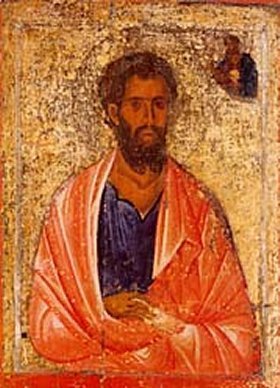
Historian and author Pierluigi Tombetti wrote in Ancient Origins in June 2019 that the original discovery of the ossuary “caused such an uproar that ecclesiastical authorities and security services of some nations intervened and, finding nothing else to challenge, focused their accusations on the final part of the epigraph: ‘(…) brother of Jesus.’ which was thought to have been falsified and artificially aged with a chemical patina.”
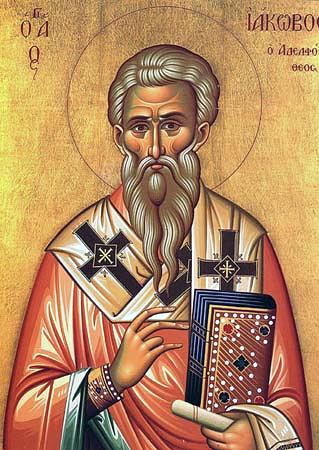
According to Tombetti and other supporters of Oded Golan, the fury over the James Ossuary was fueled in part by a desire to deny that Mary, mother of Jesus, gave birth to other children as well as the wish to suppress any archaeological evidence of the existence of Jesus.
Related Video:
https://youtu.be/cO-UDb6Usq4
Tombetti wrote, “While some scholars initially supported the prosecution’s thesis, now all the scientists were in agreement: the patina deposited on the inscription had been found to be authentic by a chemical analysis. In addition, a microorganism was found on the inscription and on the ossuary, a fungus that takes at least a hundred years to expand by a few inches. It covered a vast area of the ossuary and in particular its presence was detected over the entire inscription. This meant that its dating had to be forcibly backdated to many centuries ago, approximately to the 1st century AD, and the same applies to the entire epigraph.”
Some people say that James was not the brother of Jesus but a cousin. Others say he was a brother, and a highly respected person. In the book Zealot, Reza Aslan writes, “They called James, the brother of Jesus, ‘James the Just.’ In Jerusalem, the city he had made his home after his brother’s death, James was recognized by all for his unsurpassed piety and his tireless defense of the poor…To the followers of Jesus, James was the living link to the Messiah, the blood of the Lord.” He met a martyr’s end. Some say James faced stoning, others that he was beaten with a club.
Related Article: Exploring the Theory that a Modern Image of Jesus was Based on a Pope’s Son
Was James the brother of Jesus? And if so, does the ossuary with the inscription prove both of their lives? Opinions vary, and debate continues, years after the tomb box was found and is likely to continue.
